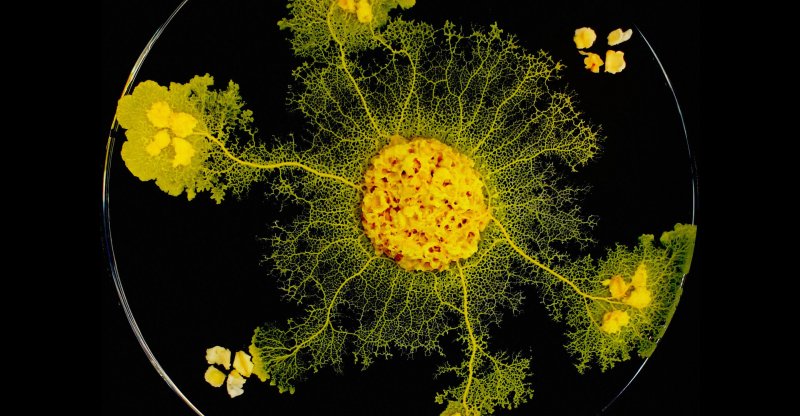A group of researchers from Tokyo’s Keio University set out to use an amoeba to solve the Traveling Salesman Problem, a famous problem in computer science. The problem works like this: imagine you’re a traveling salesman flying from city to city selling your wares. You’re concerned about maximizing your efficiency to make as much money as possible, so you want to find the shortest path that will let you hit every city on your route.
…
[Researchers] set the amoeba in a special chamber filled with channels, and at the end of each channel the researchers placed some food. Instinctively, the amoeba would extend tendrils into the channels to try and get the food. When it does that, however, it triggers lights to go off in other channels.In this particular case, each channel represents a city on our hypothetical salesman’s route.
…
[T]he amoeba doesn’t have to calculate every individual path like most computer algorithms do. Instead, the amoeba just reacts passively to the conditions and figures out the best possible arrangement by itself. What this means is that for the amoeba, adding more cities doesn’t increase the amount of time it takes to solve the problem.…
This one small amoeba—and the way it solves difficult problems—might just change the face of computing forever.
Read full, original post: A Single Cell Hints at a Solution to the Biggest Problem in Computer Science































